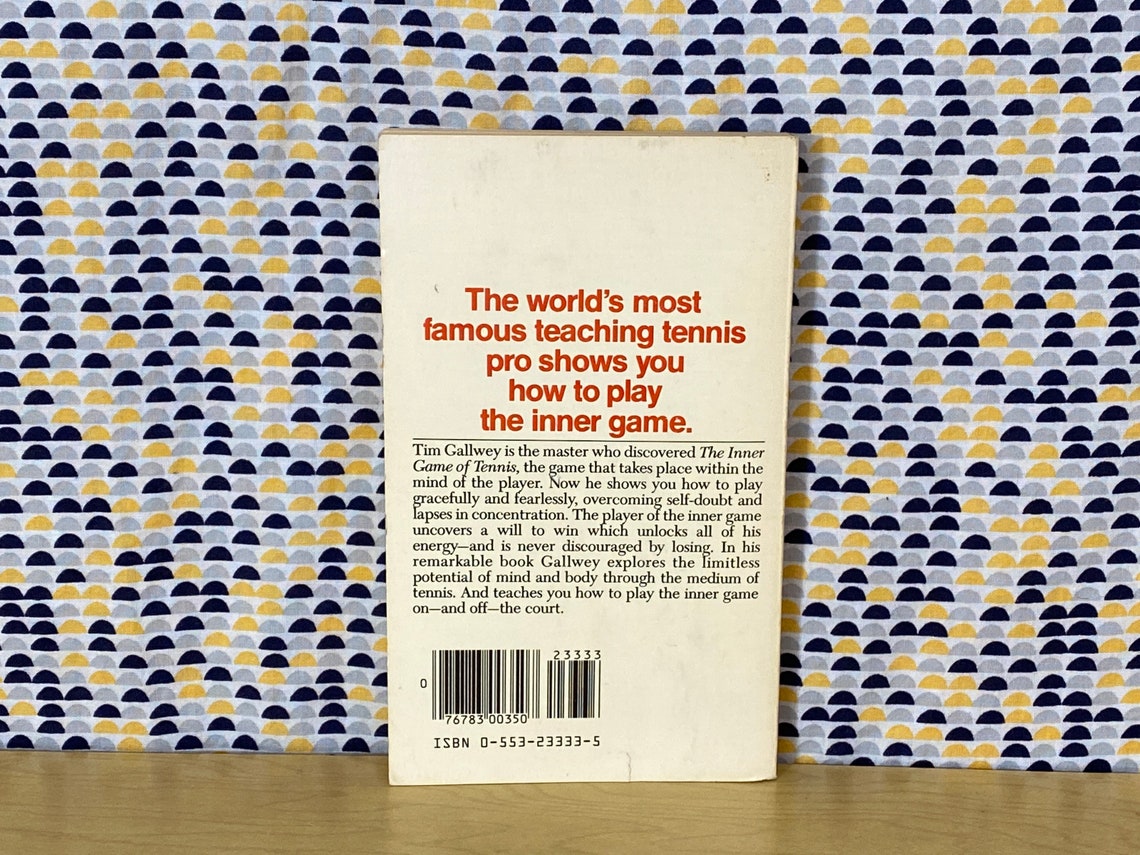

This bears a similarity to coaching techniques of identifying limiting beliefs, and Nancy Kline’s questions about limiting assumptions. Gallwey created the equation “performance = potential – interference” to describe the effect of Self 1’s interference:

In fact, Self 1 is creating the worst of the challenges, yet manages to throw all the blame onto Self 2, with inner dialogue like ‘you really blew that you’ll never be any good at this.’ Performance = potential – interference Self 1 not only reminds Self 2 of the baggage of previous failure, but creates the tension and fear that tend to beset us when we are confronted by a challenge. Self 1 provides a running commentary on everything that Self 2 does – and it is often a critical one. Tim Gallwey theorised that in every player, and indeed in every one of us, there is a ‘Self 1’ and a ‘Self 2’. He developed a series of questions and instructions to achieve this. Gallwey started to develop a new way of coaching, which focused on enhancing the student’s awareness of what was happening with the ball, the racket and the student’s own body. He began to realise that people could teach themselves better while working alone than when being given conventional sports instruction by a coach. One day he noticed that when he left the court briefly, a student who had been stuck with a technical problem had improved, without his help, by the time he returned. Having captained the tennis team at Harvard, he was on sabbatical before finding a serious job. In 1971 Tim Gallwey, founder of the Inner Game, was working as a tennis coach.


 0 kommentar(er)
0 kommentar(er)
